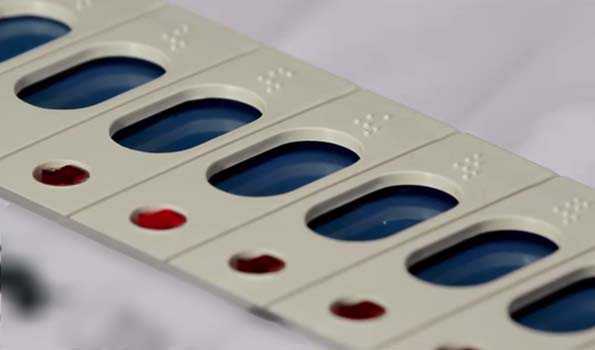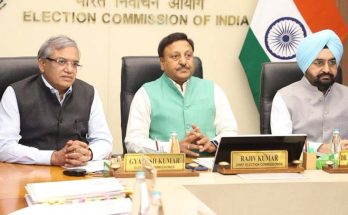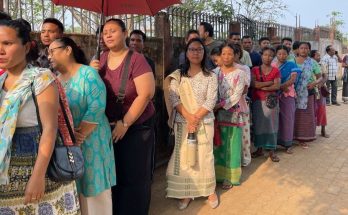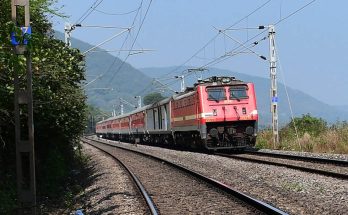By Manoj Bhadra
Caste factor is set to play a decisive role in the seventh and last phase of general elections in Poorvanchal region of Uttar Pradesh where prestige of senior BJP leaders is at stake. The questions are being asked whether ruling party will be able to retain its dominance in the region.
The moot question is: For whom the other backwards, except the Yadavs, will vote?
In the last phase, there are 13 Lok Sabha constituencies in UP where polling will be held on May 19.
In the 2014 polls, the BJP won all the seats with Narendra Modi winning Varanasi by record votes.
Another questions that is being asked is: Whether Chief Minister Yogi Adityanath will be able to win back Gorakhpur?
This seat at one time was considered the safest seat for BJP, but the party lost it to the coalition candidate in the by-election in 2018.
In the BJP circles, there is uncertainty over the future of two union ministers Manoj Sinha and Anupriya Patel and BJP state president Dr Mahendra Nath Pandey who are contesting from Ghazipur, Mirzapur and Chandauli respectively.
Prime Minister Narendra Modi’s fate will also be sealed in the seventh and last phase of election on May 19. He seems to be comfortably placed in the absence of “credible” opposition.
What will make election in last phase very interesting is the presence of small caste-based parties and the sub-castes of the dominant backward and scheduled castes which have their areas of influence and can rattle the calculations of any party.
In 2014, the BJP was able to sweep this region because of evolving a new social engineering formula where most backward castes voted en bloc following the upper castes like Brahmin, Thakurs and Vaishyas. The social engineering formula worked and BJP won seats spreading from Sonebhadra to Gorakhpur.
That bonhomie is missing in this edition of election. The situation is so bad that Om Prakash Rajbhar, who is cabinet minister in the Yogi Government and heads Suheldeo Bharatiya Samaj Party (SBSP), has fielded candidates including against PM in Varanasi. Rajbhar declared that in Mirzapur where union minister Anupriya Patel is in the fray, his party will support Congress. Lalitesh Tripath, grand son of Kamlapati Tripathi, is Congress candidate from Mirzapur while the alliance has fielded Ram Charita Nishad, a BJP MP who has switched side after he was denied ticket by ruling party.
The SBSP, which is contesting 39 seats, may not win a single seat but will end up as a spoilsport for BJP. The Rajbhars are dominant MBCs in eastern Uttar Pradesh. In 2017 elections, BJP swept the area because it had stitched with the regional party. In 2019, the Rajbhars are out of the gameplan of BJP and are bound to affect the party’s poll prospect.
Then there are Nishads, Binds, Kushwaha, Kewats and Mallahs who have their separate political identities and have formed small groups. Their influence may be limited to one or two constituencies but it is enough to topple any political party’s calculations.
In Gorakhpur, the contest is interesting because of the presence of Nishad votes, who account for over 40 per cent of the total vote share. In 2018, BJP suffered first defeat in three decades because coalition had fielded a Nishad candidate. In 2019 too, the coalition has fielded Ram Buwal Nishad while BJP is banking on the charishma of Bhojpuri star Ravi Kishan. (UNI)




